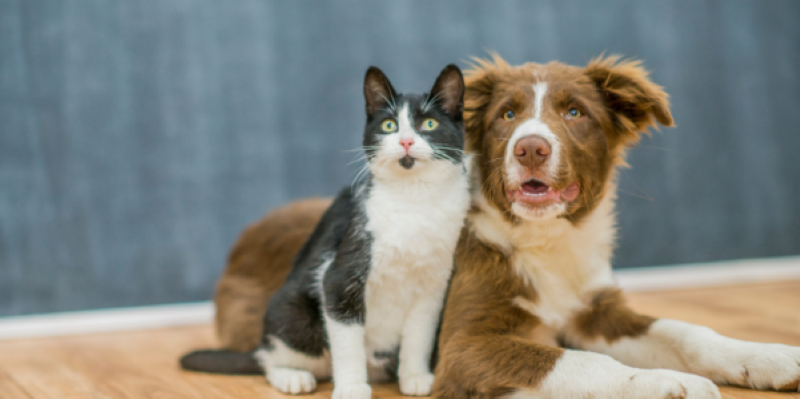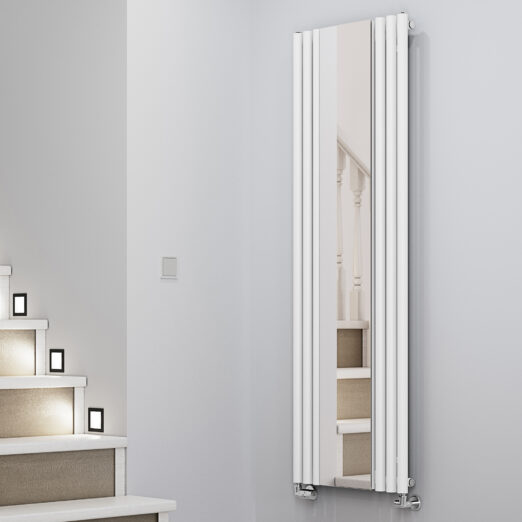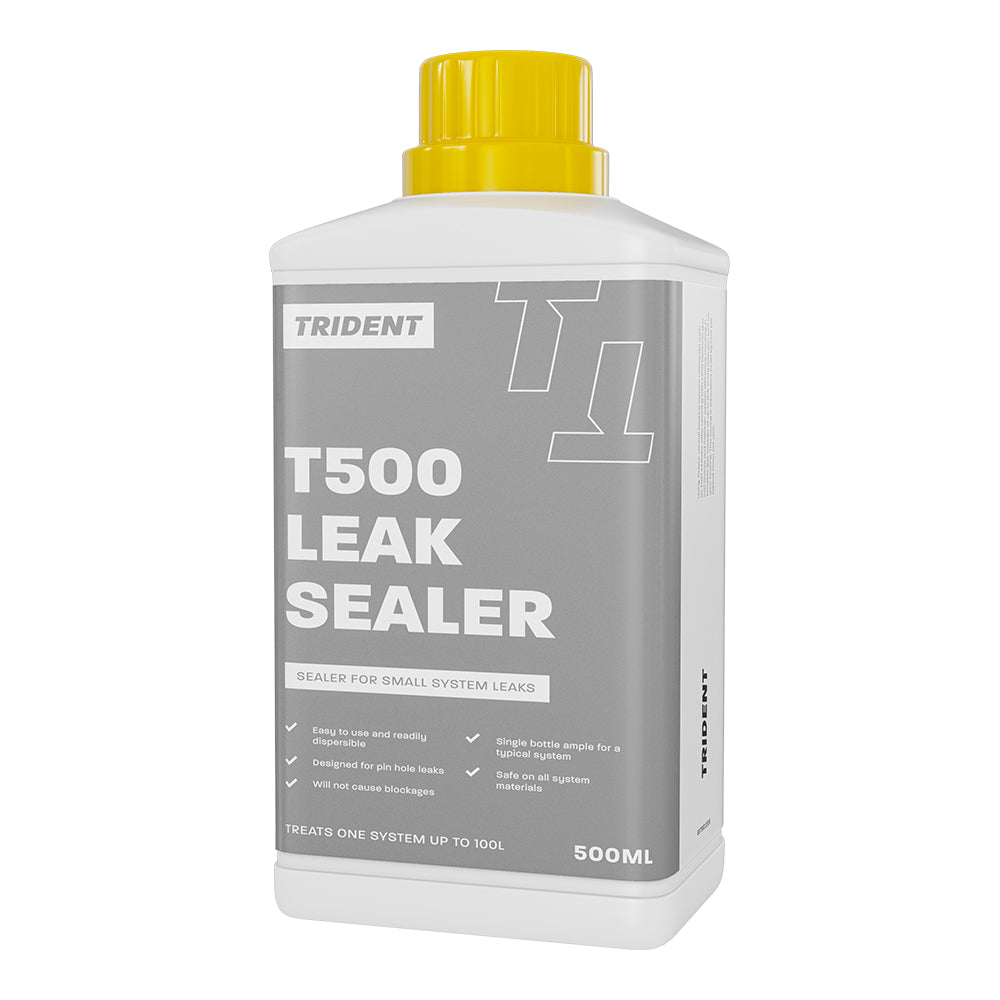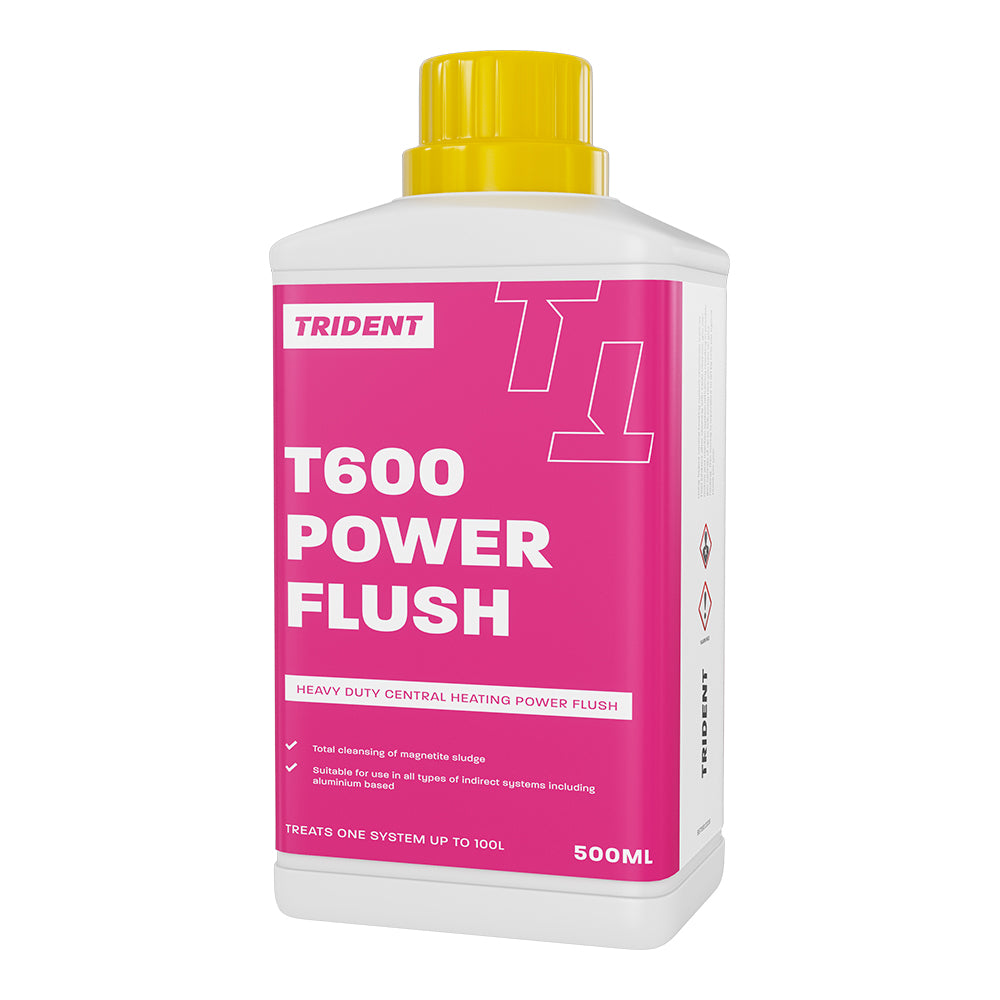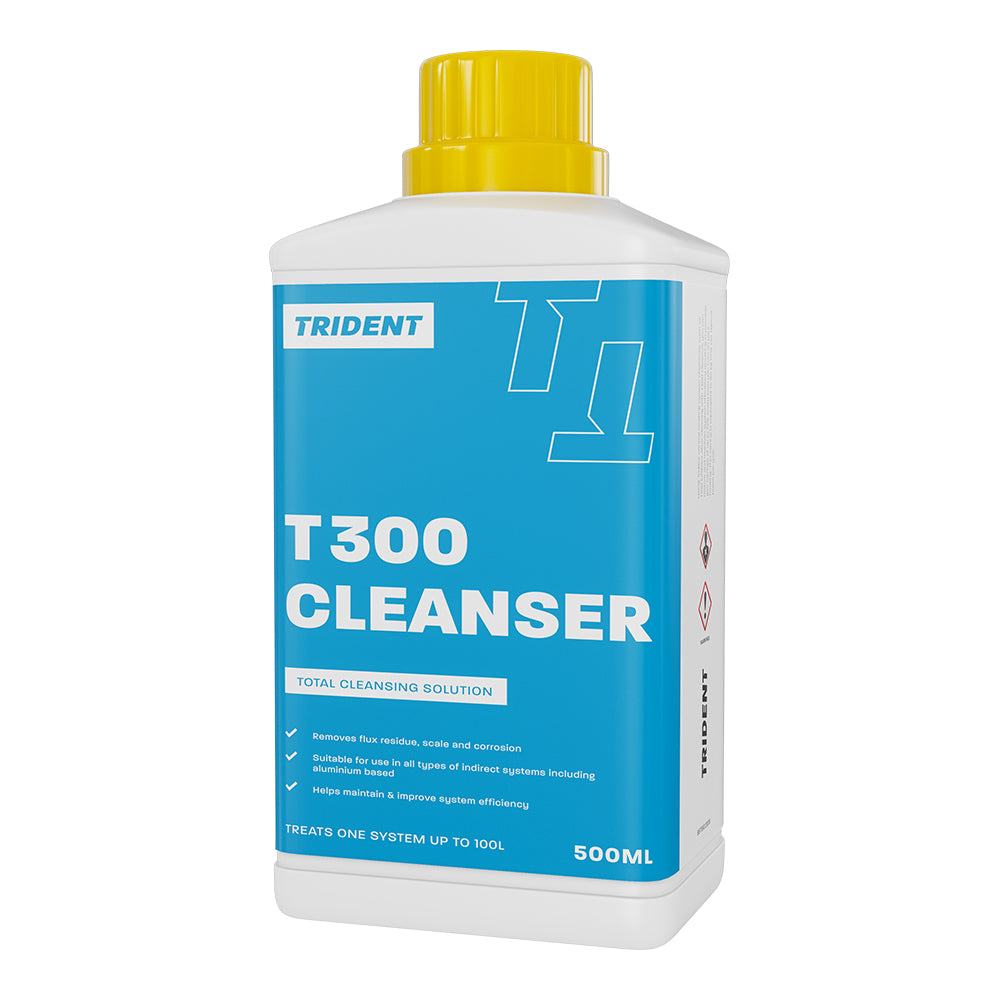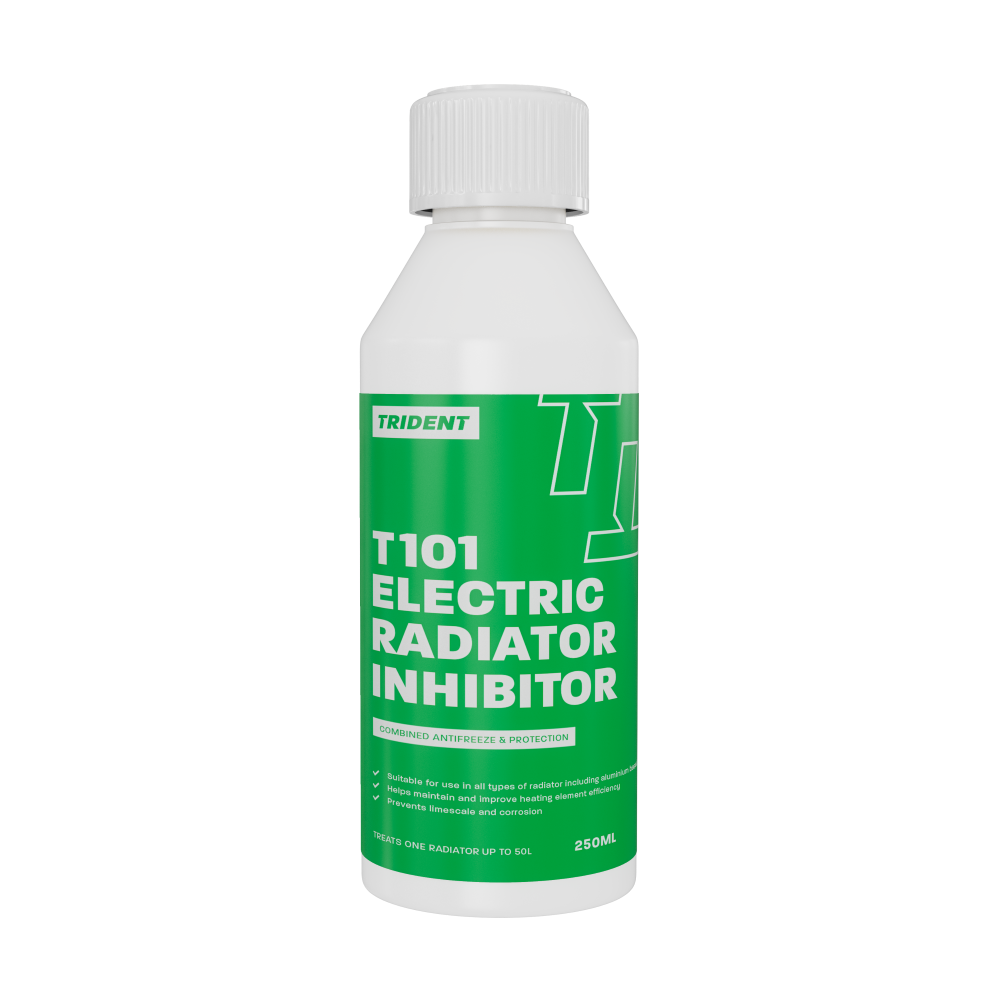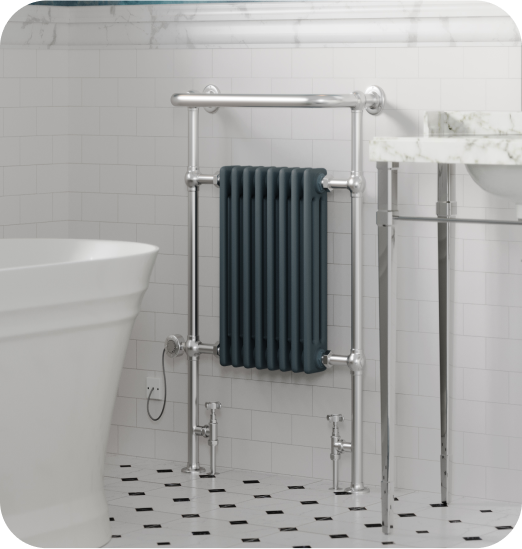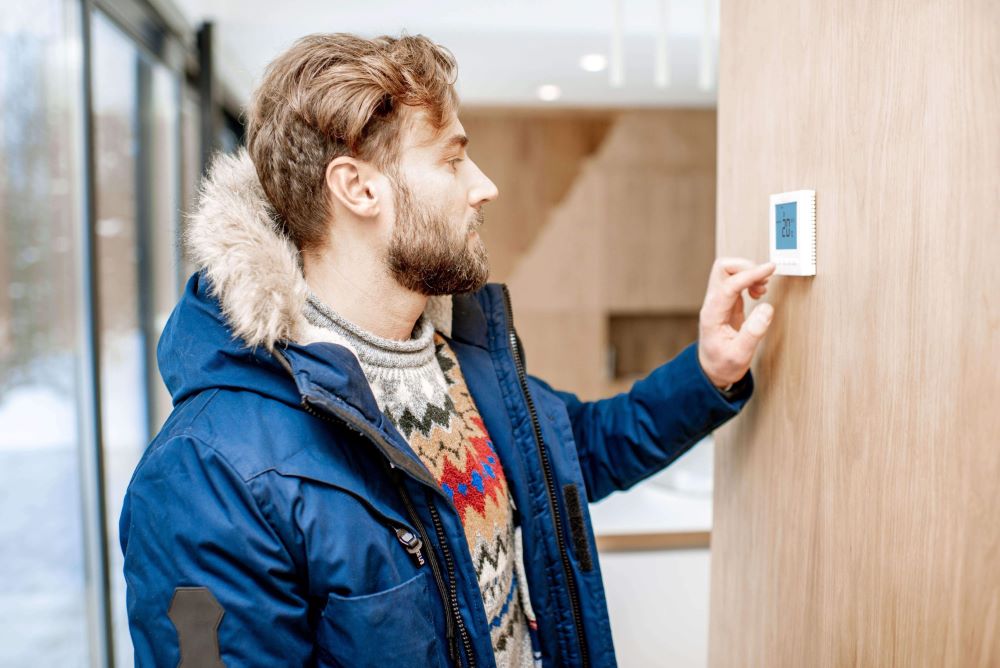
What temperature should your house be?
If you're asking yourself what temperature should your house be, the answer can hinge on a number of factors. To properly answer the question, first, you need to narrow down what time of the year it is, who you'll be adjusting the temperature to accommodate and whether you want to adjust the whole house or specific rooms.
At UK radiators, we're here to help with this short blog on what temperature your house should be to help inform you and maximise your comfort and heating efficiency to help you stay as comfortable as possible throughout the year.
If you've ever wondered about the ideal temperature for your home, you're not alone. The answer depends on various factors, and at UK Radiators, we're here to guide you through it.
Let's break it down.
What Temperature Is Best for Hot and Cold Months?
A common query when exploring options for central heating radiators is what temperature is best for the home year-round. Let's see the recommended temperatures for the hottest and coldest times of the year.
Avoiding Sweltering Heat in Summer
According to the World Health Organisation, during the summer, the ideal room temperature should be below 32 °C during the day and below 24 °C during the night.
Tips for getting the temperature right:
- During the daytime, try closing blinds or curtains. This prevents the sun from pouring in and heating the air and surfaces in the room over the course of the day.
- Try strategically opening all windows and shutters during the night and early morning hours when the outside temperature is at its lowest. This can aid a more comfortable sleeping environment.
- You can enhance the effect by using standing fans to encourage air ventilation - aim your fan towards the window to direct some of the warm air out, or position the fan by the window facing into the room to invite the cooler night air in.
Keeping the Chill at Bay During Winter
According to the Energy Saving Trust, the thermostat should be set to the lowest comfortable temperature, aiming within the region of between 18°C and 21°C. The time it takes for your home to reach this temperature may be longer during the colder months, and even more so if your home isn't as heat efficient and insulated as it could be.
When keeping the home warm during winter, as we discuss in our blog, reducing heat loss in the home forms the basis of the conversation surrounding comfortable temperatures throughout your house during the colder months.
As heat loss becomes more common, the colder or less insulated areas of the home sap temperatures faster and more noticeably Reducing these losses is essential to prevent already higher expected bills during the colder months from truly skyrocketing, due to inefficiency and poor heat retention.
There are small ways of optimising the effects your central heating radiators have on your home, and there are more involved ways too, such as home adaptations, insulation and coldproofing.
Feel free to head over to our related blog for more information.
Heating rooms individually for Personalised Comfort
With UK Radiators, discover the best way to heat your rooms individually. We have Thermostatic Radiator Valves which allow you to quickly and easily adjust the heat of each radiator to maximise the efficiency of your central heating and reduce your costs while prioritising specific rooms over others.
For example, some rooms in your home may be smaller, more insulated or internal and lose less heat, requiring less output from your radiator to keep it at a comfortable temperature.
Alternatively, you may have a larger external room you feel loses heat quite quickly or takes a longer time to heat through, requiring a radiator with a higher setting.
In this manner, you can tailor your central heating to suit your home for a better heating experience all year round.
If you feel like a thermostatic radiator fits the bill (while helping reduce your bills too) or you’re looking to upgrade your heating controls to smart heating controls, then don't hesitate to get in touch with a UK Radiator expert - find your perfect balance today.
Tailoring Temperature for Specific Needs
What temperature your house should be doesn’t just vary based on the time of year, it can also vary based on who is living in the house.
For the Elderly
According to findings from British Gas, temperatures of less than 9 °C can lead to hypothermia in older people, while temperatures between 9 °C and 12 °C can increase the risk of strokes and heart attacks.
This impact on the health of elderly individuals can compound pre-existing conditions if they already have ongoing care requirements.
For this reason, take extra precautions with elderly relatives and check the temperature of specific rooms in the home during the morning, afternoon and evening.
Consider encouraging or facilitating the use of extra heating and cooling solutions to cater to their needs. For example, an upgrade to more modern electric radiators, such as those offered by UK Radiators, means heating which converts watts to power with 100% efficiency - so you and your relatives have peace of mind about the performance of your central heating.
For Newborns or Babies
Babies are more sensitive to changes in room temperature because their bodies are still growing - and newborns can't regulate their body temperatures as well as children or adults.
Doing so uses a lot of energy to warm up or cool down, and this reduces the available energy needed for healthy growth.
According to Pampers in data supported by the NHS, a baby’s room should be at a temperature that you find comfortable yourself, with the ideal range being between 16C and 20C.
For Pets
As discussed in detail in our blog The Perfect Temperature For Our Household Pets - We asked Chyrle Bonk, a veterinarian who also works with petkeen.com, to give us a range of temperatures that different types of pets will be most comfortable.
For Cats and Dogs, the agreed temperature range was between 16 and 24 degrees Celsius, but this can vary depending on size, age and breed.
Head over to the blog in question for more information, including discussion surrounding other animals kept as house pets.
A Final Word - Our Energy-Saving Tips to Stay Toasty and Savvy
Warming your house doesn't have to break the bank. Small changes like draft excluders can make a significant difference.
Additionally making bigger adaptations to improve your home's ability to retain heat, such as fitting loft or cavity wall insulation or replacing windows can make a bigger difference to your heat retention. Similarly, you could consider heating solutions with saving energy at the forefront of their design - such as dual-fuel radiators from UK radiators. These offer heating which adapts year round to help save you money over time.
These changes not only maintain temperature but also lower energy costs, keeping you comfortable and savvy all year round in return for the higher initial expenses.
Stay toasty, stay informed, and make your home the perfect haven for every season. If you're on the hunt for alternative heating solutions, or if you need some guidance on the best products to meet the needs of your home and family, contact us today. Give us a call on 0333 006 8227 or send your enquiry to sales@ukradiators.com.


